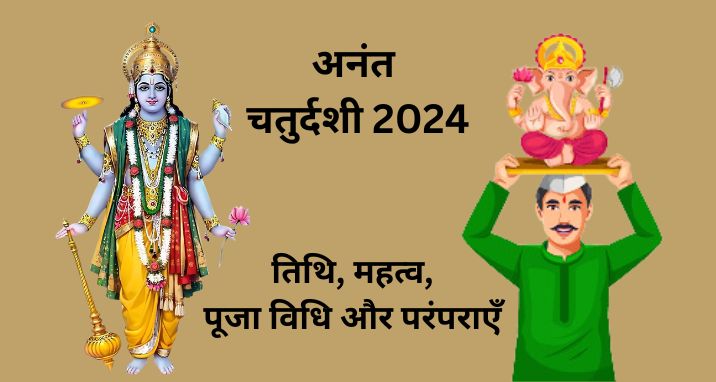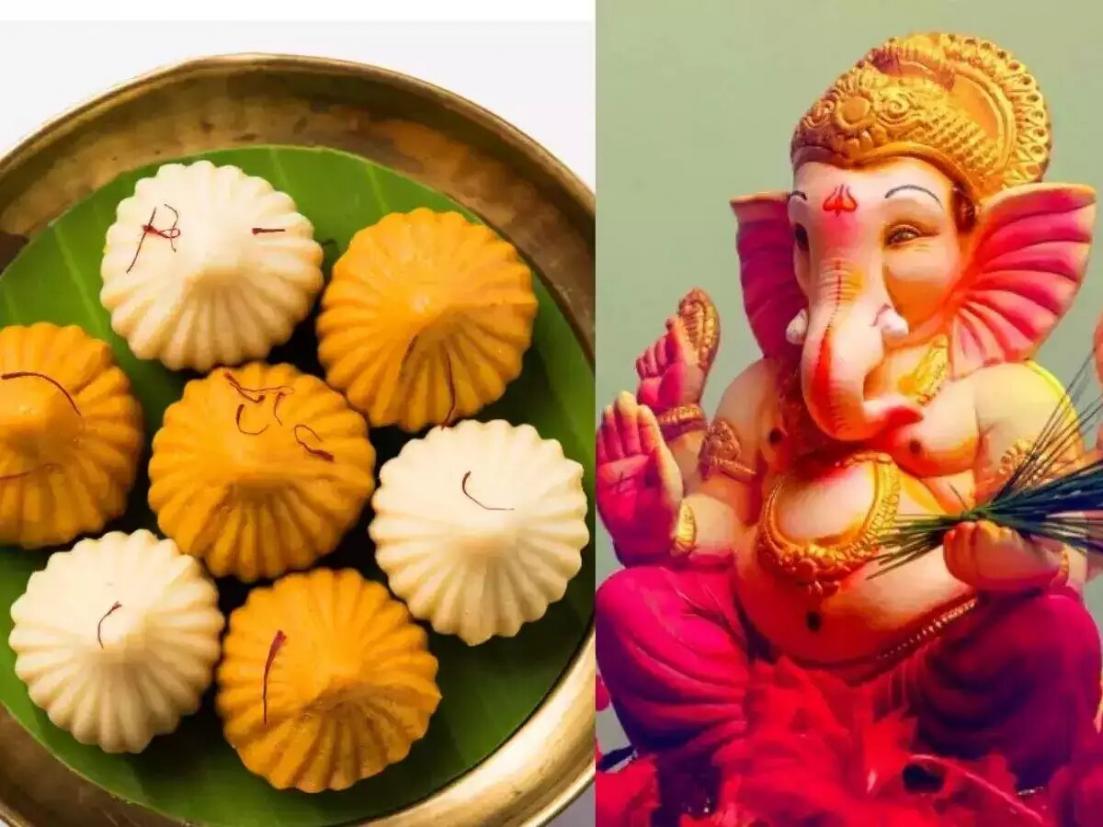Mauni Amavasya: Significance, Tithi and Timing!

Also known as Maghi Amavasya or Mauni Amavas, Mauni Amavasya is one of the most scared amavasyas (new moon day) as per the Sanatan Hindu calendar.
The Mauni Amavasya, or Amavasya of Krishna Paksha in the Magha month, is considered the most significant of all new moons. It is believed that on Mauni Amavasya Day, the water of the Ganges, the most sacred river in Hinduism, turns into Amrit (nectar). Due to this belief, devotees from across the country come to the ghats of the Ganges to take a holy dip.
Mauni Amavasya 2024 Tithi and Timings
- Mauni Amavasya on Friday, February 9, 2024
- Amavasya Tithi Begins – 08:02 AM on February 9, 2024
- Amavasya Tithi Ends – 04:28 AM on February 10, 2024
According to the Northern Indian calendar, Mauni Amavasya usually falls in the middle of the Hindu calendar month of Magha and hence is also known as Maghi Amavasya. Many devotees take holy dips in the Ganges not only on Mauni Amavasya but during the entire month of Magha. The ritual starts on Paush Purnima and ends on Magha Purnima day. It is one of the most prominent and sacred days in Prayagraj, Uttar Pradesh. Nagas sadhus, sanyasis and other devotees throng the ghats of the Ganges at Prayagraj to take a plunge on this holy day.
During Kumbh Mela, Mauni Amavasya is the most important bathing day at Prayagraj and is known as the day of Amrit Yoga and the day of Kumbh Parva. Devotees worship Bhagwan Shiva and Bhagwan Vishnu on the day of Mauni Amavasya. It is believed that taking a dip in the holy waters of the Ganges, observing a fast, and engaging in meditation on this day opens the way to attaining salvation.
Significance of Mauni Amavasya
As the name suggests, it is also the day of observing silence in Hinduism.
In the Sanatan Hindu belief system, practicing “mauna,” that is, silence, or refraining from uttering any word, is an essential component of spiritual discipline. The word “mauni” originated from the Sanskrit word “muni,” which refers to a “sanyasi” (saint) who observes quietude. So, the term “mauna” means achieving oneness by connecting to one’s inner self, which can be attained only by observing quietude. A prominent Hindu guru, sage and scholar, Adi Shankaracharya, said that “mauna” is one of the three primary characteristics of a saint. So, on this day, many devotees observe one day of mauna vrat by refraining from uttering a word throughout the day.
Mauni Amavasya Rituals
The Hindu month of Magh is believed to be an ideal month for spiritual enlightenment and austerity. On the day of Mauni Amavasya, below are the rituals that devotees follow:-
- Rise early to take a sacred bath in the Ganges at daybreak.
- If one is unable to visit any pilgrimage sites, one can add a small amount of Gangajal to their bathwater.
- Devotees of Brahma Dev also recite the “Gayatri mantra” and worship him on this day.
- After bathing, devotees sit down to meditate.
- Meditation is a way to attain inner peace.
- Make sure you do not indulge in any improper behaviour.
- Many devotees also observe “mauna vrat,” that is, refrain from speaking during the day. The purpose is to engage in meditation.
- If one is unable to observe mauna vrat for the entire day, they must remain quiet until all the puja is over.
- Thousands of Hindu devotees and “kalpavasis” meditate on this day after taking a dip in Prayag’s sangam.
- Many people also offer tarpan to their forefathers and ancestors. They seek their forgiveness and blessings. It is believed to be a perfect day to perform Pitru Dosh Nivaran puja. People feed the dog, crow, cow and diseased on this day.
- It is also a significant day for charity. People provide food, clothing, and other necessities to the needy on this day.
- Offering sesame (til) oil to Shani Dev is another tradition, followed by many devotees.
One must observe Mauni Amavasya in order to provide peace and calmness to an anxious mind.
For more information on Amavasyas and their significance, you can consult our experienced astrologers and pandits at Namoastro.









